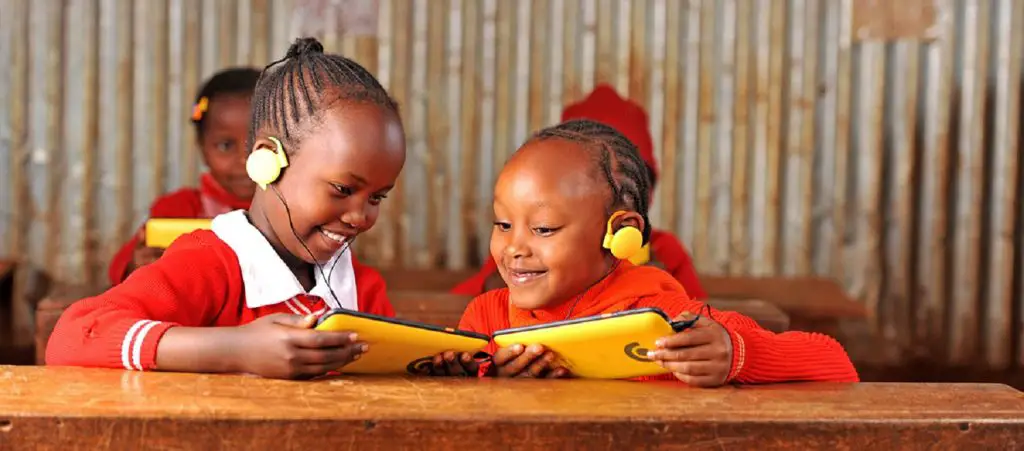If you have been to Nairobi, you have most probably come across Moja WiFi when you connect to the internet.
The Moja WiFi idea is the brainchild of BRCK’s free public WiFi network where anyone within range of the signal can connect to the internet for free and access Moja’s stored content to watch shows, listen to music, or read books.
Even as tech giants like Facebook are seeking to provide internet to East African nations, and the entire continent, the idea of free public WiFi has been around for some time enabled by companies like BRCK.
China’s Belt and Road Initiative, AfCFTA to anchor Africa’s economy
With the tech space in Africa outpacing many other sectors as most people’s lives move online, the readiness the continent has is what will determine if Africa will reap from its internet transformation.
To equip the next generation of techpreneurs, BRCK has invested in digital classrooms where opportunities are given to children in preparation for what the tech future holds. Kenya has become a source of inspiration for many tech enthusiasts following the successful rollout and adoption of M-Pesa which has helped transition most transactions from cash to mobile.
Even banks have today adopted and integrated M-Pesa into their systems as the revolution goes mobile.
For Africa, case studies like Kenya show that home-grown solutions are possible where the needs of the citizens are met albeit at a cost. However, it comes with a lot of comfort since transactions can be done from anywhere in the world and the process does not have to take days to effect.
Following in these footsteps, moulding minds and creating an environment where tech is embedded in every sector of the society gives Africa an edge especially going by the fact that sub-Saharan Africa is growing the fastest when it comes to mobile telephony penetration.
To tap into this potential, organisations like BRCK are readying future generations so they can reap the most from the Fourth Industrial Revolution (4IR). The challenge for Africa, however, remains about how it provides its youth with consistent and uniform knowledge and skills in preparation for the emerging world of work.
The continent boasts one-fifth of the world’s population aged 25 and under.
With the variables remaining constant—which is impossible—the working-age population is projected to reach 600 million by 2030.
In just a decade, and with the largest youth population in the world, the youth will command a formidable 37 per cent of that populace making it even bigger than the proportion in China.
While BRCK and other tech organisations are offering training to these future workers, the continent needs a harmonised way in offering the right education suitable for the current world as it evolves. African nations must put in place training and job-creation policies to ensure that the fast-growing youth population develops into a great asset for the continent’s socio-economic transformation.
BRCK Education turns any classroom into a digital classroom
With thousands of children in over 100 locations across 17 countries reached through these virtual classrooms, African governments are behoved to work in a way that world-class education technology solutions giving access to digital educational tools for better learning are availed. This could mean zero-rating some of the hardware used and services offered in accessing this education. By so doing, more public-private partnerships would be realised to help equip Africa’s most valuable asset — its youth population and workforce for the future.
For BRCK to achieve its educational goal, the organisation provides a Kio Kit which is basically a digital classroom in a box
The Kio Kit instantly turns any school room into a digital classroom since it is a fully integrated education platform. Designed in Africa, the Kio Kit comes with 40 Kio tablets, a SupaBRCK wireless tablet charging and a hardened, water-resistant, lockable case.
To show how simple it is, the kit can be charged from a single plug and one button to power on the entire system. Such simplicity will ensure that no matter how complex tech becomes, it can always be accessed easily by those in the formative years of their tech learning.
With the Moja public WiFi network, users pay to get online with their time, attention, or engagement rather than with money.
The Moja platform offers a way of utilising the digital economy and reaching previously untapped audience by adopting a symbiotic relationship between users and service providers. For educating the future, this is what Africa needs to make the most out of the 4IR.
